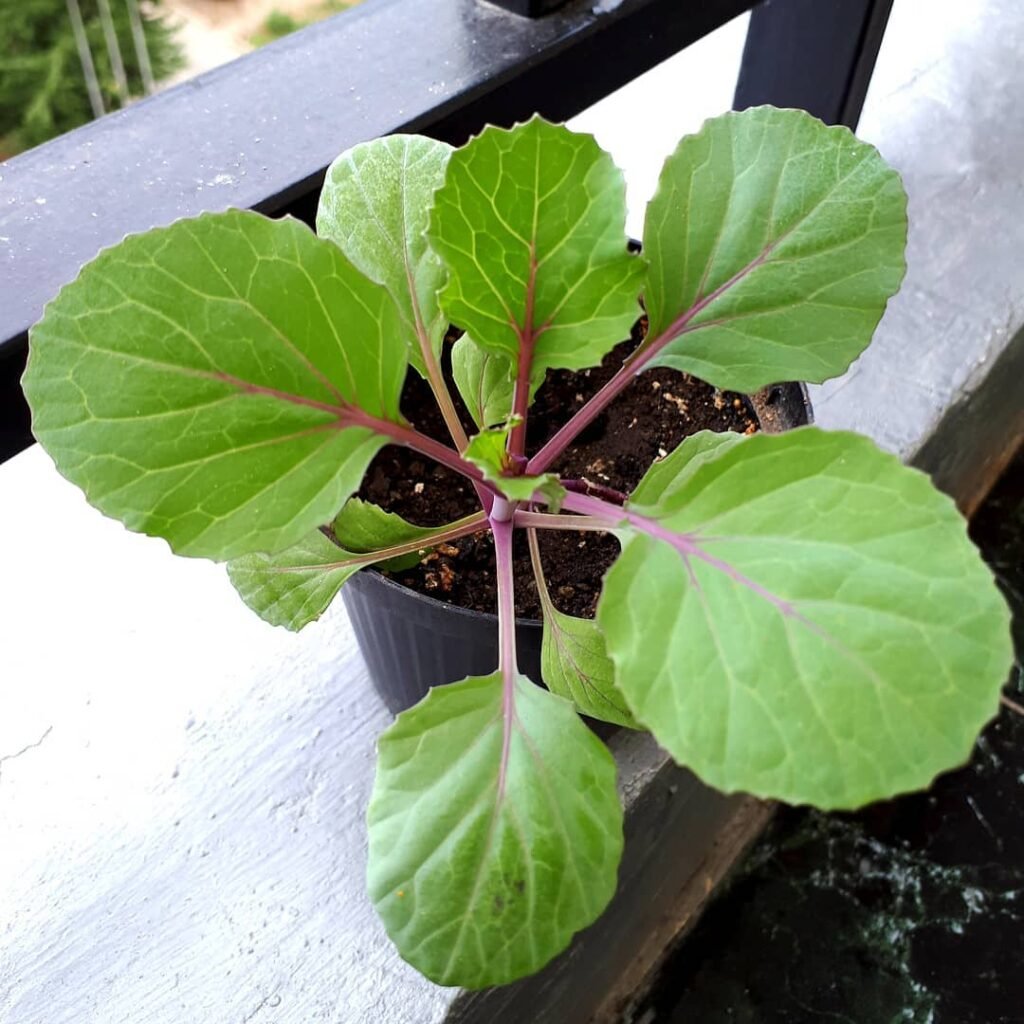Explore how to grow and care for ornamental cabbage, a colorful addition to any garden. Learn planting tips, maintenance advice and how to use this unique plant for stunning fall displays.
Have you ever seen those colorful, leafy plants that look like giant roses in fall gardens? Those are ornamental cabbage and they’re a fantastic way to add vibrant color to your garden when most other plants are winding down for the season. In this guide, we’ll explore everything you need to know about growing and caring for these eye-catching plants.
Here’s a straightforward and verified chart for ornamental cabbage:
| Category | Details |
|---|---|
| Botanical Name | Brassica oleracea (Ornamental Cabbage) |
| Common Name | Ornamental Cabbage, Decorative Cabbage |
| Plant Type | Annual (usually grown as a winter annual) |
| USDA Hardiness Zone | Zones 2-11 |
| Sun Exposure | Full sun to partial shade |
| Soil Type | Well-drained, rich in organic matter |
| Watering | Keep soil consistently moist, but avoid waterlogging |
| Growth Habit | Upright rosette of colorful, textured leaves |
| Height/Spread | Height: 12-18 inches; Spread: 12-15 inches |
| Special Features | Vibrant foliage in shades of pink, purple, and white, adds seasonal color and texture in fall and winter |
What is Ornamental Cabbage?

Ornamental cabbage, also known as flowering kale, is a cultivar of Brassica oleracea, the same species that gives us edible cabbage, broccoli and cauliflower. While it’s technically edible, ornamental cabbage is grown for its stunning foliage rather than its taste.
Key Features:
- Large, showy leaves in shades of white, pink, purple and green
- Rosette growth pattern resembling a giant flower
- Cold-hardy, thriving in fall and winter temperatures
- Available in various sizes, from 6 inches to 2 feet in diameter
When and Where to Plant Ornamental Cabbage

Timing:
Plant ornamental cabbage in late summer or early fall, about 6-8 weeks before the first frost in your area. This timing allows the plants to mature as temperatures cool, which intensifies their colors.
Location:
- Choose a spot with full sun to partial shade
- Well-draining soil is essential
- Can be planted in garden beds, borders, or containers
How to Plant Ornamental Cabbage
- Prepare the soil by loosening it and adding organic matter.
- Space plants 12-18 inches apart, depending on the variety.
- Plant at the same depth as they were in their nursery containers.
- Water thoroughly after planting.
Caring for Your Ornamental Cabbage
Watering:
- Keep soil consistently moist but not waterlogged
- Water at the base of the plant to avoid wetting the leaves
Fertilizing:
- Feed with a balanced, water-soluble fertilizer every 2-3 weeks
- Stop fertilizing once the plants are fully grown
Temperature:
- Ornamental cabbage thrives in cool temperatures (45-60°F / 7-15°C)
- Colors intensify after exposure to frost
Pest Control:
- Watch for common cabbage pests like aphids and cabbageworms
- Use insecticidal soap or neem oil for organic pest control
Design Ideas for Ornamental Cabbage
- Mass Plantings: Create a stunning display by planting a large group of ornamental cabbages in varying colors.
- Container Gardens: Use ornamental cabbage as a centerpiece in fall and winter container arrangements.
- Border Accents: Plant along garden borders for a pop of color in the cooler months.
- Companion Planting: Pair with fall-blooming flowers like mums, pansies, or asters for a diverse autumn display.
- Edible Landscaping: Mix ornamental cabbage with edible kale varieties for a functional and beautiful garden.
Common Problems and Solutions
Leggy Growth:
Cause: Insufficient light or overcrowding
Solution: Ensure plants receive enough sunlight and are properly spaced
Yellowing Leaves:
Cause: Overwatering or poor drainage
Solution: Improve soil drainage and adjust watering habits
Pest Infestation:
Cause: Common in the cabbage family
Solution: Regular inspection and prompt treatment with appropriate insecticides
Lack of Color:
Cause: Too warm temperatures or insufficient sunlight
Solution: Plant earlier in the season and ensure adequate sun exposure
Harvesting and Using Ornamental Cabbage
While ornamental cabbage is grown primarily for its looks, it is edible. However, it’s not as palatable as its culinary cousins. If you decide to eat it:
- Harvest outer leaves as needed
- Wash thoroughly before consumption
- Use young, tender leaves in salads or as garnishes
- Cook older leaves as you would regular cabbage
Ornamental cabbage is a versatile and striking plant that can add a burst of color to your garden during the cooler months. With proper care and placement, these plants can create stunning displays that last well into winter. Whether you’re a seasoned gardener or a beginner, ornamental cabbage is a rewarding addition to any garden.
Learn more about companion plants for ornamental cabbage
Discover creative container ideas for fall plantings
Remember, gardening is all about experimentation and finding what works best in your unique space. Don’t be afraid to get creative with your ornamental cabbage plantings and enjoy the vibrant beauty they bring to your autumn garden!